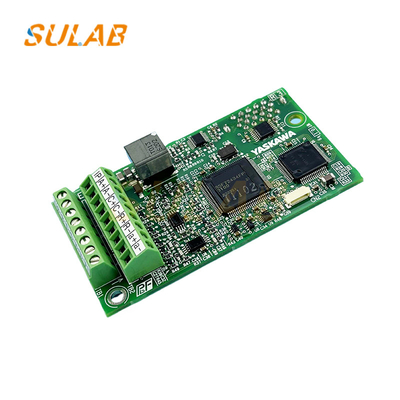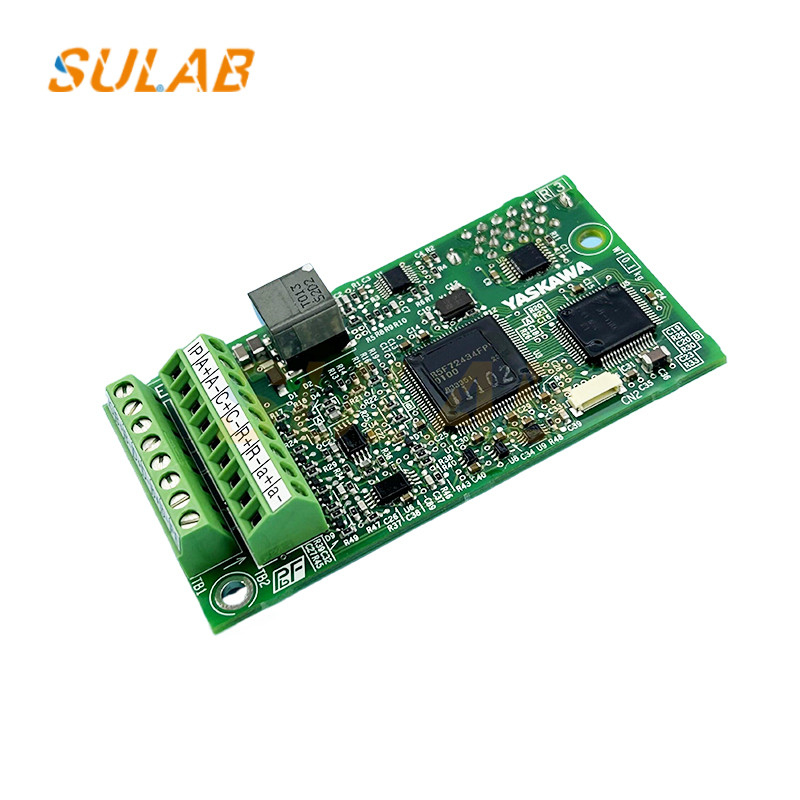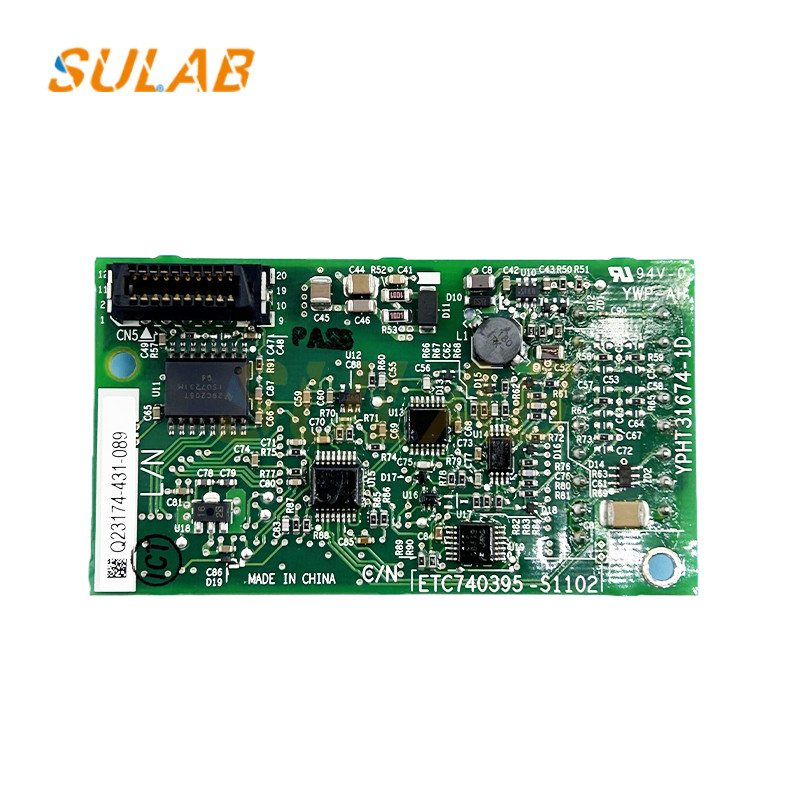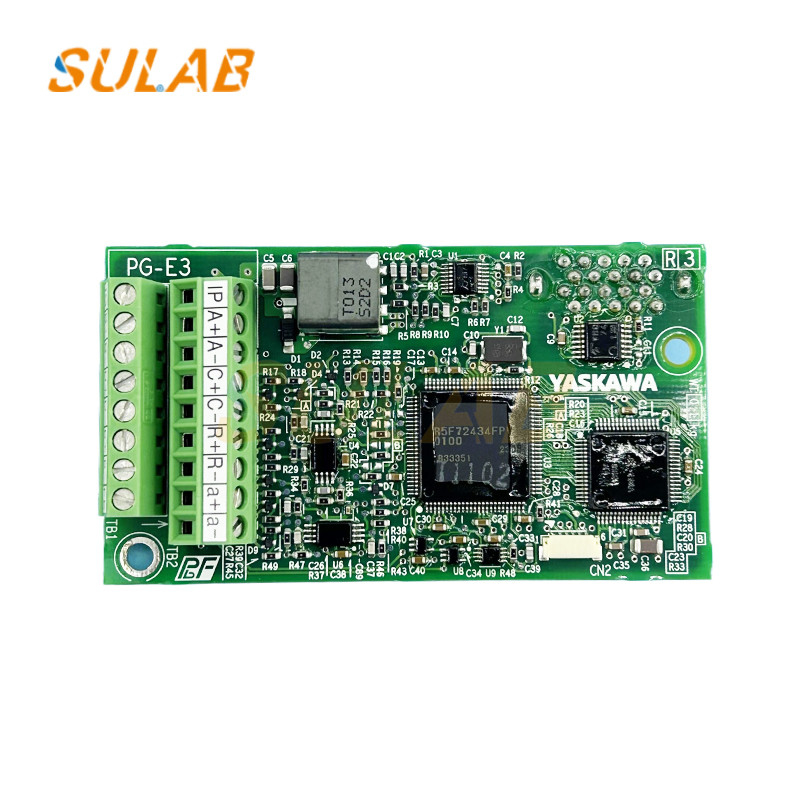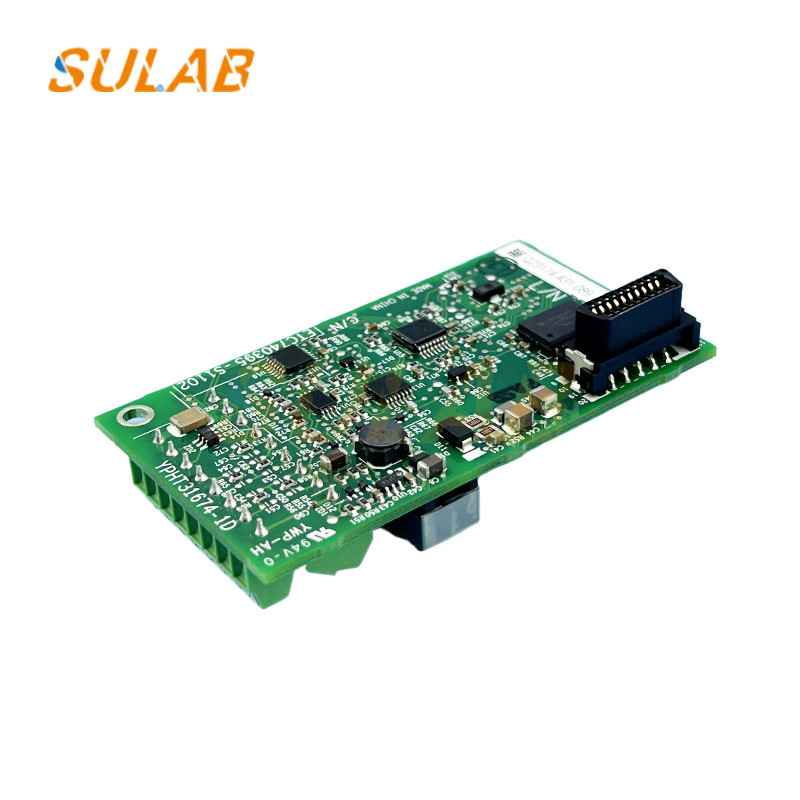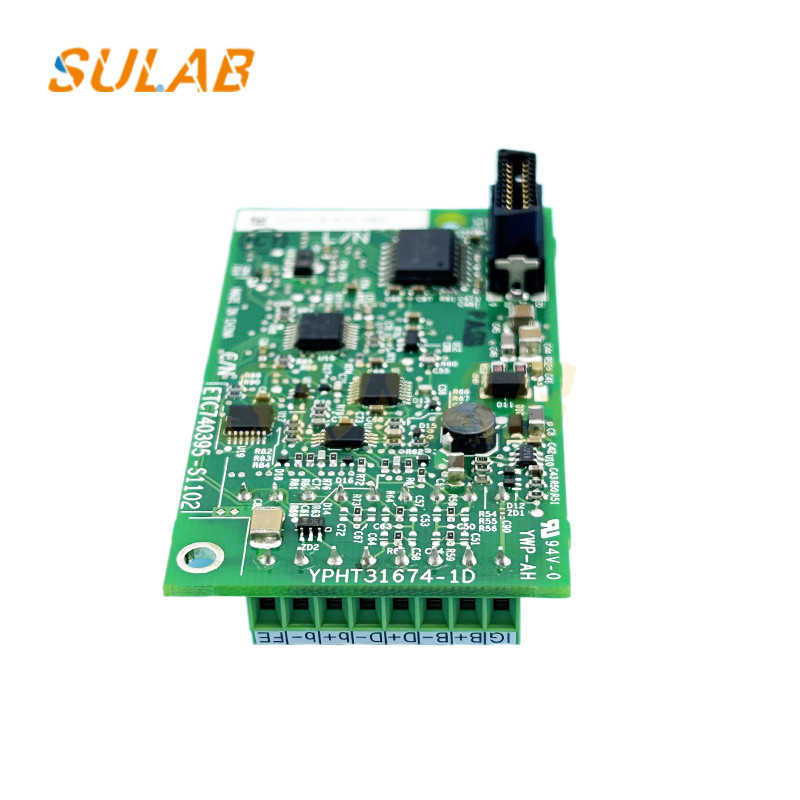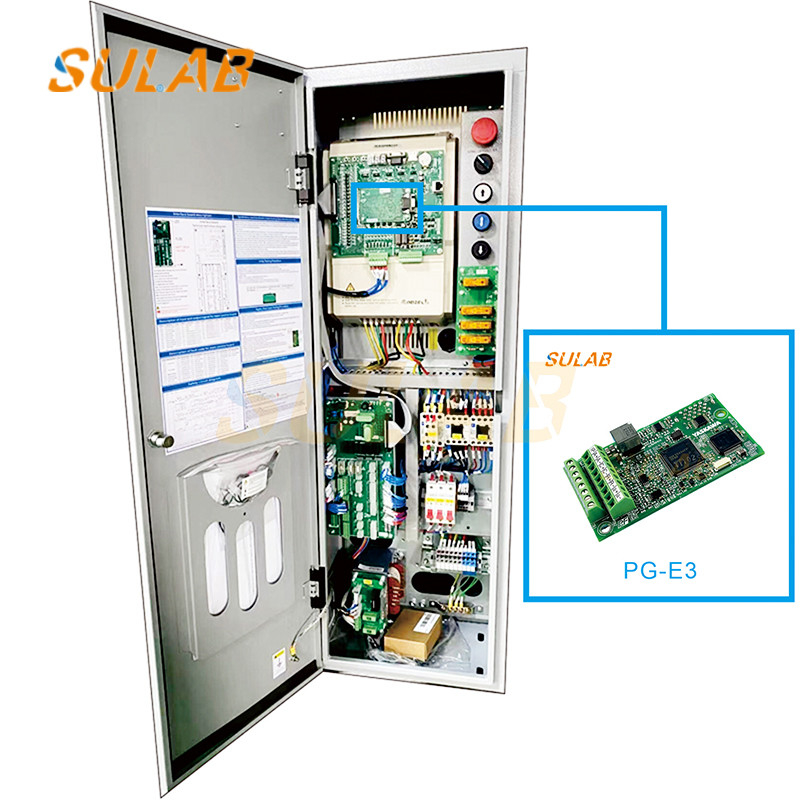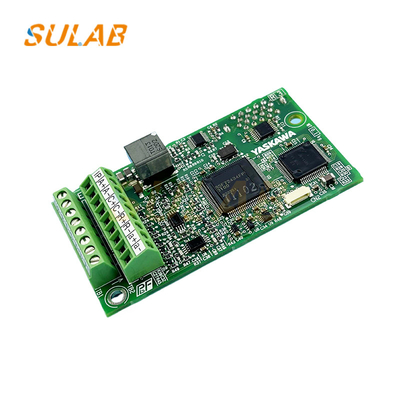
Original Yaskawa Inverter PG Card PG-B3 PG-X3 PG-E3 L1000A H1000 A1000
-
Highlight
L1000A Yaskawa Inverter PG Card
,H1000 Yaskawa Inverter PG Card
,Original Yaskawa Inverter PG Card
-
BrandYaskawa
-
DescriptionElevator PG Card
-
ModelPG-E3
-
MOQ1PC
-
TransportionTNT, UPS, DHL, Fedex, Air, Sea
-
ApplicableElevator
-
PackagesCarton, Wooden Case, Pallet Etc
-
Delivery TimeNormally 2-3 Working Days After Payment
-
WarrantyOne Year
-
Payment MethodCompany Bank, Western Union, Alibaba, Paypal Etc
-
BrandSulab
-
DescriptionElevator Parts
-
ModelFB-9B
-
Brand NameYaskawa
-
Model NumberPG-E3
-
Minimum Order Quantity1
-
Delivery Time2-3 working days
-
Payment TermsT/T,Western Union,MoneyGram
Original Yaskawa Inverter PG Card PG-B3 PG-X3 PG-E3 L1000A H1000 A1000
Original Yaskawa Inverter PG Card PG-B3 PG-X3 PG-E3 L1000A H1000 A1000
Yaskawa PG - E3 is a speed card for inverters, also known as an encoder feedback card, launched by Yaskawa Electric. The following is a detailed introduction:
| Brand | Yaskawa |
| Description | Elevator PG card |
| Model | PG-E3 |
| MOQ | 1PC |
| Transportion | TNT, UPS, DHL, Fedex, Air, Sea |
| Applicable | Elevator |
| Packages | Carton, Wooden case, Pallet etc |
| Delivery Time | Normally 2-3 working days after payment |
| Warranty | One year |
| Payment Method | Company Bank, Western union, alibaba, Paypal etc |
